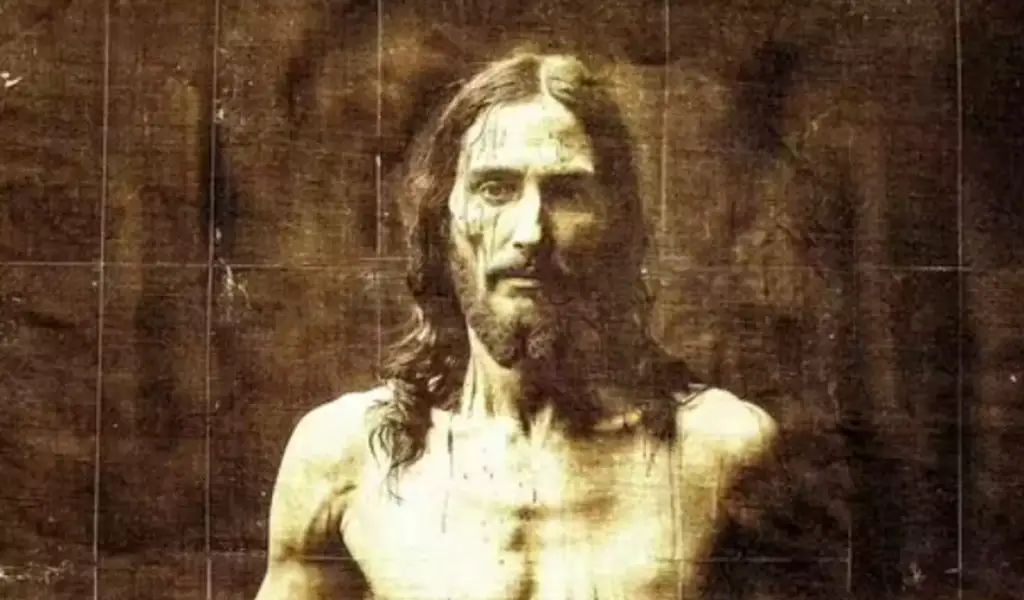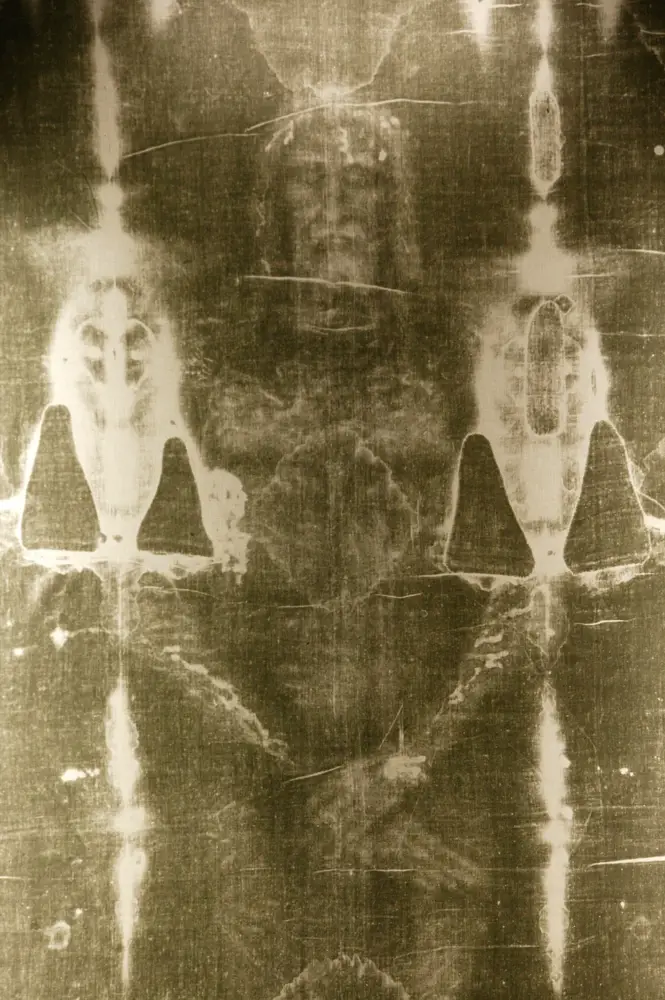A recent study suggests that the Shroud of Turin, long believed to be a medieval forgery, may actually be the burial cloth of Jesus Christ. This finding comes from an X-ray analysis published in the Heritage journal in 2022, which dated the linen to around 2,000 years ago, aligning it with the time of Jesus’s death. The Shroud, which bears the faint image of a man, has been a subject of debate for centuries, with previous studies dating it to between 1260 and 1390 AD. However, the new research challenges those earlier findings, claiming that contamination may have affected the previous results.
To add to the intrigue, artificial intelligence (AI) tools have been used to generate a realistic image of Jesus based on the Shroud’s imprint. The AI-generated images, created by tools like Midjourney and Merlin, depict a man with shoulder-length hair, a beard, and signs of injuries that could be linked to the crucifixion. These depictions closely resemble traditional representations of Jesus, adding another layer of fascination to the ongoing mystery surrounding the Shroud.

The AI-generated images have sparked widespread interest, as they provide a modern interpretation of what Jesus might have looked like based on one of the most debated religious artifacts in history. The images, while impressive, also highlight the limitations of technology in interpreting historical and religious symbols, as the Shroud’s authenticity and origins remain topics of contention among scholars and believers alike.
Despite the advances in technology and research, the Shroud of Turin continues to be a powerful symbol of faith and mystery. Whether or not it is the actual burial cloth of Jesus, the Shroud’s significance in religious and cultural contexts is undeniable. The combination of ancient relics and modern AI technology offers a unique glimpse into how science and faith intersect in the quest to understand our past.




